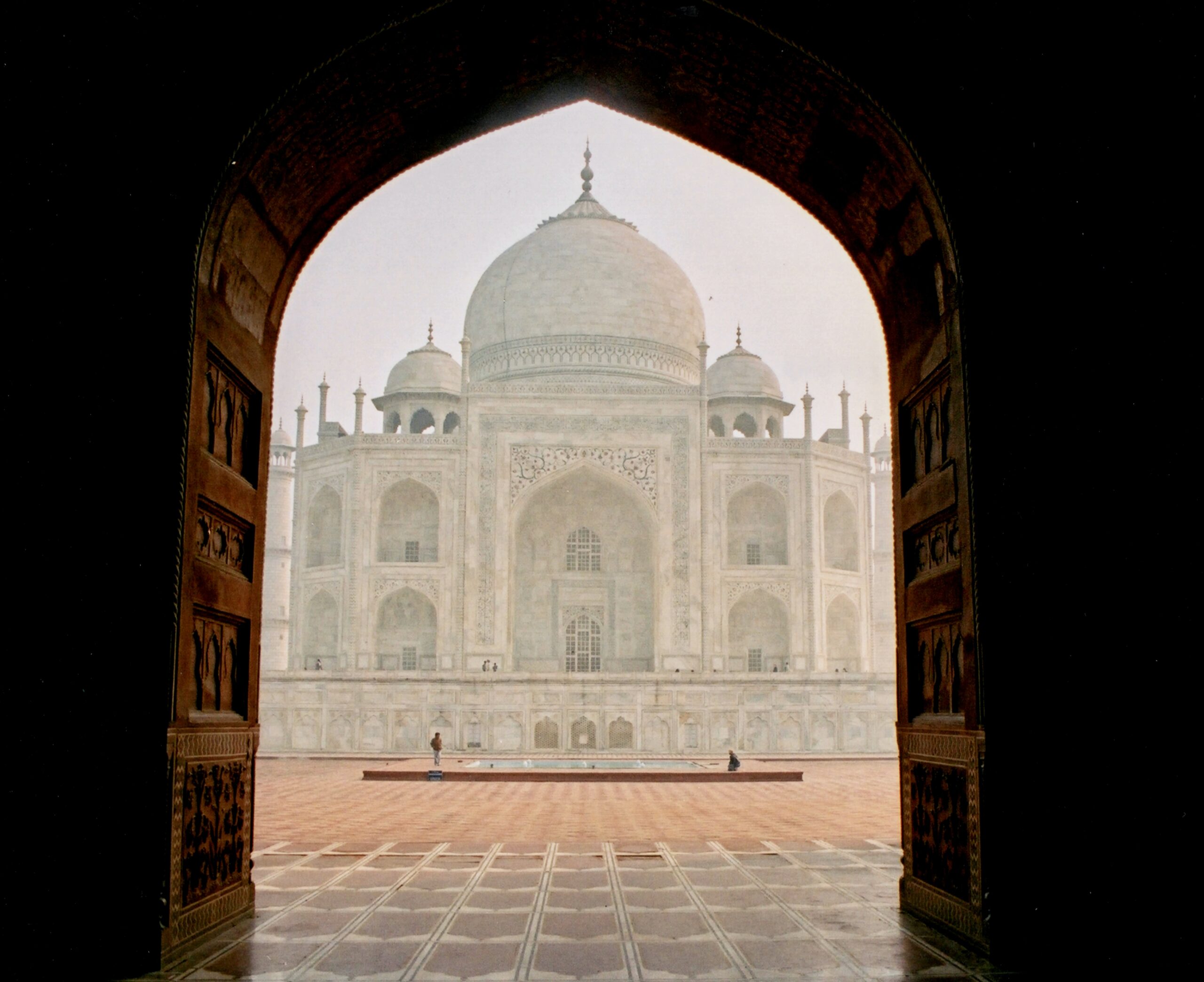In the realm of psychedelics lies a gateway to perceiving the world through a kaleidoscope of perspectives, transcending the ordinary. Driven by his LSD trips during the 1960s, neuroscientist John Lilly unearthed the notion of “programming” the human mind. He likened our brains to computers, proposing that altered states of consciousness could rewire and reprogram them. Exploring these altered states further, Lilly pioneered sensory deprivation tanks, or isolation tanks, as a means to delve into the depths of consciousness. He conceived the concept of “self-programming,” suggesting that the human mind possesses the capacity to reconstruct itself to mimic any reality – a biocomputer unlocking its hidden code to reveal elusive truths.
The underlying hypothesis posits that we selectively absorb information into our minds, consciously or subconsciously, while disregarding signals that challenge our established worldview.
Half a century in, we are approaching a new psychedelic era, one powered by technology rather than drugs. As information floods our minds via the internet, the reality tunnels we construct become increasingly thin and echo chamber-like. The rapid advancement of technology creates new reality-bending paths to enchantment; ways of linking with the collective unconscious buried deep inside our motherboard. This shift towards technology as a means of altering consciousness raises important ethical questions about the role of technology in our lives. As we become more reliant on it, we must consider how to use it in a way that enhances our humanity rather than detracts from it.
The internet is inherently psychedelic; unlike anything that came before it, it warps and distorts our perception of time and space. Logging onto social media is obviously not the same as popping a pill of acid, but it has similar effects, “it still triggers the same hormonal and mental responses” Social media, an extension of our own consciousness, has changed our state and paved the way for new and improbable realities, while the algorithm acts as an invisible hand to direct us.
Conspiracy theories and outlandish ideologies are becoming more popular as the consensus reality disintegrates. Collectively, we are facing fake news, conspiracy theories, SEO-driven content, and algorithms that are constantly influencing our behaviour. It makes sense why it seems difficult to escape the unreal.
According to Dr. Robin Stern, associate director of the Yale Center for Emotional Intelligence, “We are living in a time where a lot of people are having a tough time deciding what’s real and feeling like they are being manipulated, if they know something is true and somebody tells you it’s not true, holding on to your reality is essential. You can’t be gaslighted if you stay inside your own reality and recognise the manipulation when you see it.” (The Guardian) The mainstreaming of AI pushes this unreality further, causing us to question even the most basic truths. Instead of tie-dye and DMT trips, today’s digitally enhanced psychedelia is delivered in slick datastreams. Similar to Lilly’s isolation tank, the results are still mentally disorienting and occasionally unsettling.
The future has always been an unsettling place. However, the emergence of new technologies has made this fear of the Big Unknown worse. From early Christian anti-computer propaganda to The Matrix franchise, Alexander McQueen’s Savage Beauty show (where Shalom Harlow was painted by a robot), depicts the internet as a psychedelic alternate reality where cybernetic avatars run amok, the fear of machines taking over is deeply ingrained in our culture. Yet, technology like AI is not a deity or a purposeful trickster; both its data sets and its lies are human-made. Although AI has understandable causes for concern, it also has the potential to free us from our rigid paradigms.
It is pointless to argue about whether or not the computer will eventually replace us. Have no relevance if or when. Our time with the machine is now. We want to highlight the machine as something that employs us, much as an ax cutting wood demands our muscles to work and our hands to bruise. However, unlike an ax, the machine has the potential to learn and adapt, making it a powerful tool for us to use in our daily lives. As technology continues to advance, it is important for us to adapt and learn how to work alongside machines. Rather than fearing the potential replacement of human labor, we should embrace the opportunities that arise from collaboration with technology.
Our capacity to look beyond the immediate and understand the overarching story behind the click was stolen by the attention economy. We must recognise that decisions are being made now, and those who can see the bigger picture will participate in that decision-making process every day, whether we feel comfortable imagining a future of superhumans and cyborgs, or whether we prefer a return to the past and the dismantling of technological progress in favour of the survival of our race.
As our digital experiences and tools become more ubiquitous, let us reject being narrators entirely and instead present ourselves as complex characters with multiple dimensions, capable of challenging the haze of capitalism and commodification that can often cloud our personal truth. As we embrace advancements in technology, it’s important to remember that our humanity is what sets us apart. By being present and authentic, we can resist the dehumanising effects of a profit-driven society and connect with others on a deeper level.
New Realities
– Recognize uncertainty: Occasionally, the beauty is in the questions you’re drawn to ask.
– Define your truth: Be firm in your convictions and sympathetic to the realities of others while remaining true to yourself.
– Connect to fantasy : Allow yourself to dream and imagine beyond what you know to be true. Embrace the unknown and let your creativity flow freely, exploring new possibilities and perspectives. If nothing, we have our imagination to escape to and explore new possibilities.
– Embrace creativity: Don’t be afraid to think outside the box and try new things, even if they seem unconventional or risky. Find something to believe in to inspire better futures : Fight hyper-realization and seek out a sense of purpose and meaning in life. Embrace vulnerability It takes courage to be authentic and open, but it can lead to deeper connections and personal growth.
– Accept new truths : Embrace change. Life is a journey of constant evolution, so learn to adapt and grow. Change leads to development.
Words by Keshvi Kamdar.
Art generated via Discord by Keshvi Kamdar.





